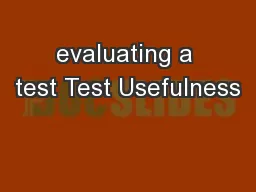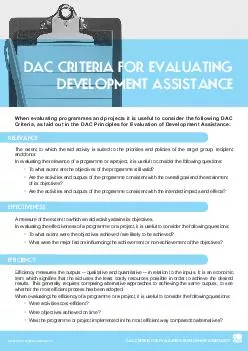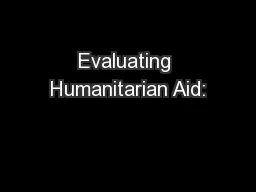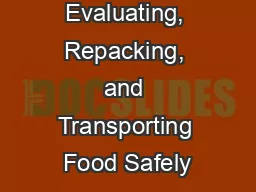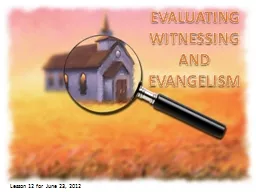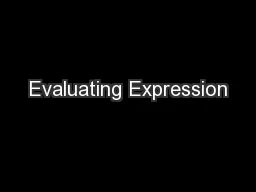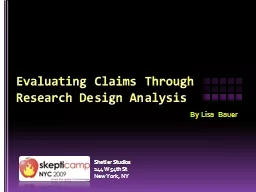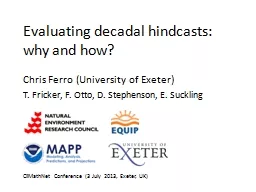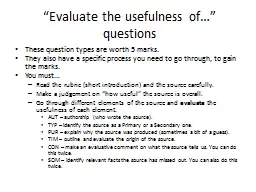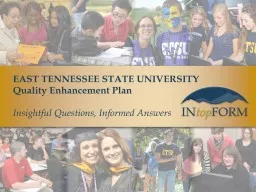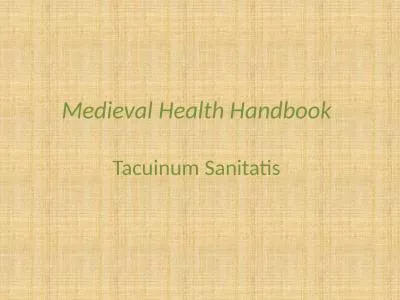PPT-evaluating a test Test Usefulness
Author : pasty-toler | Published Date : 2018-10-14
Bachman and Palmer 1996 Anne Mullen annemullenelululavalca Université laval october 2014 Test Validity The Progressive Matrix of Validity Messick 1989 conceived
Presentation Embed Code
Download Presentation
Download Presentation The PPT/PDF document "evaluating a test Test Usefulness" is the property of its rightful owner. Permission is granted to download and print the materials on this website for personal, non-commercial use only, and to display it on your personal computer provided you do not modify the materials and that you retain all copyright notices contained in the materials. By downloading content from our website, you accept the terms of this agreement.
evaluating a test Test Usefulness: Transcript
Download Rules Of Document
"evaluating a test Test Usefulness"The content belongs to its owner. You may download and print it for personal use, without modification, and keep all copyright notices. By downloading, you agree to these terms.
Related Documents

